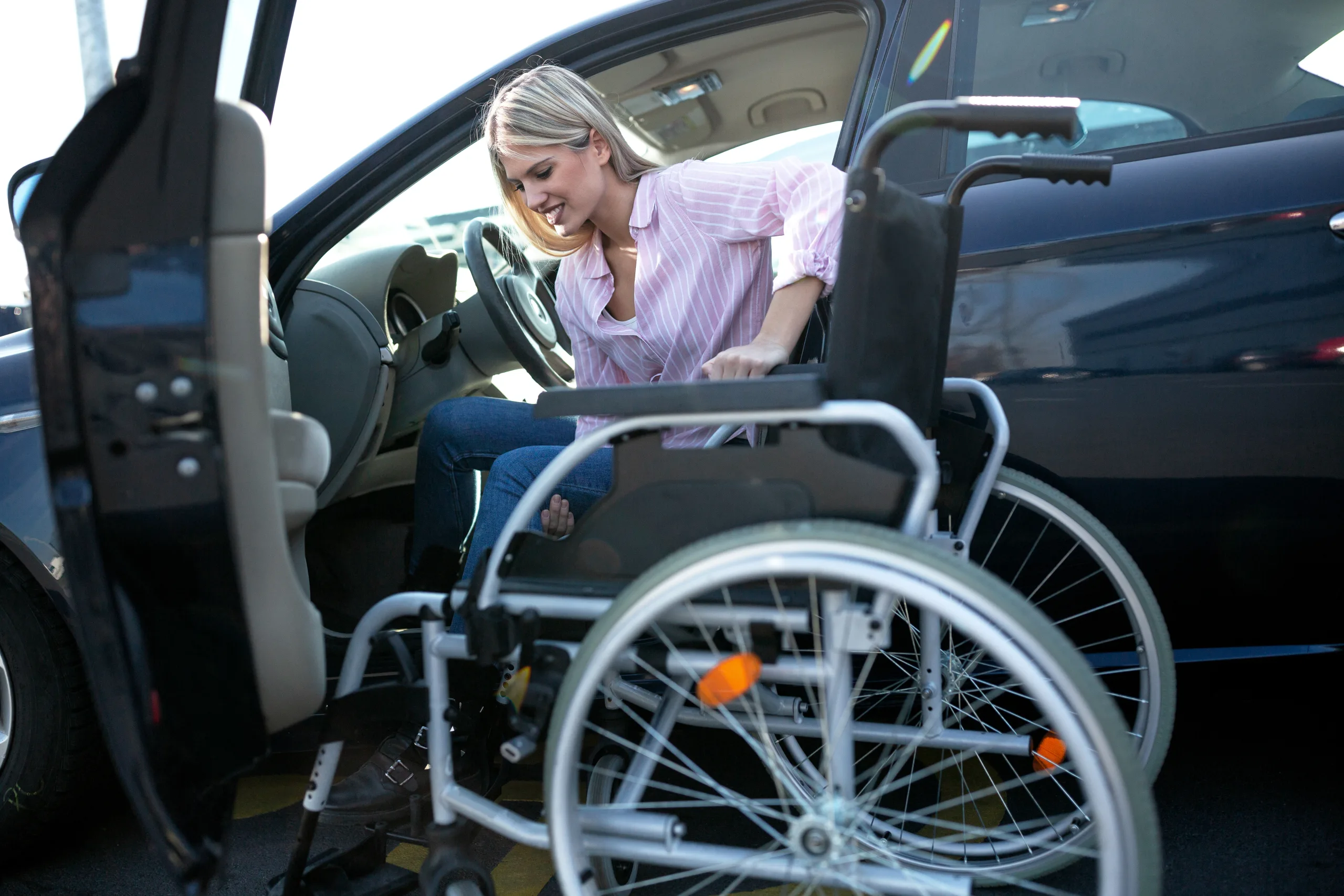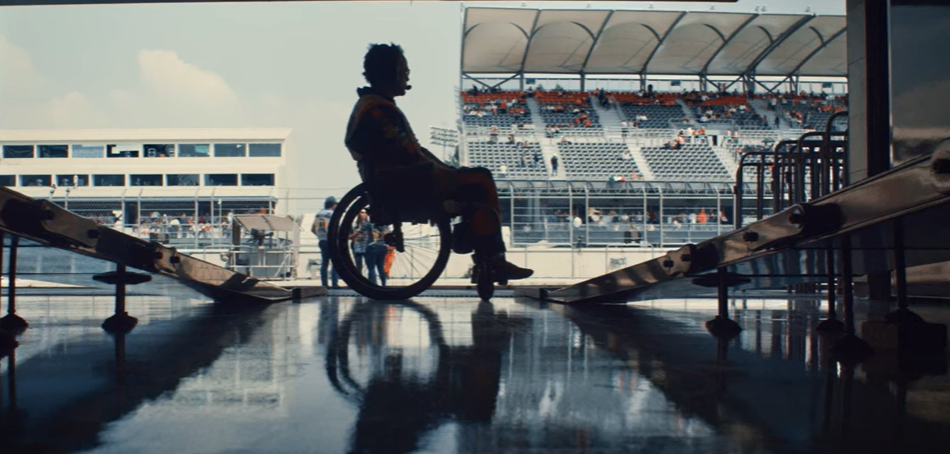Nominations are now open for a new FIA Award, which will be presented during the FIA General Assemblies week in Tashkent, Uzbekistan, in December 2025. The new Empowering Disabled Motorsport…
Many countries around the world have reciprocal parking arrangements, to enable disabled people to travel easily between countries, without completing extensive paperwork for their parking card or permit to be recognised.
In 1978, the ECMT Council of Ministers agreed that all ECMT Member Countries would provide the same parking concessions to disabled individuals from other member countries as they did to their own citizens. These concessions typically included access to parking spaces reserved for people with disabilities, extended parking durations, or exemptions from parking fees.
This Resolution was revised and expanded in 1997. It now covers not only all ECMT Member Countries but also ECMT Associated Countries—Australia, Canada, Japan, Korea, New Zealand, and the United States. As a result, disabled drivers from both ECMT Member and Associated Countries are entitled to the same parking privileges as residents in any ECMT country, provided they display a badge featuring the international wheelchair symbol.
In 1998, the European Union adopted a similar Resolution for EU Member States. To aid recognition and reduce confusion at the local level, these badges were standardized as the EU Blue Parking Badge.
To support the implementation of these agreements, information is provided on the ITF website to help visitors understand the specific parking regulations in each country. You can find specific regulations for countries with reciprocal parking arrangements that are included here. If the destination you are travelling to is not listed, you will need to contact the Government department or local authority or municipality, in your destination country.
You can download an EU Reciprocal Parking Card here.
You can also find a notice with various translations, to be displayed with your parking card(s), here. This informs local authorities of your ability to park, using your parking card, due to reciprocal parking agreements. This should be displayed clearly in the front window of the vehicle.


